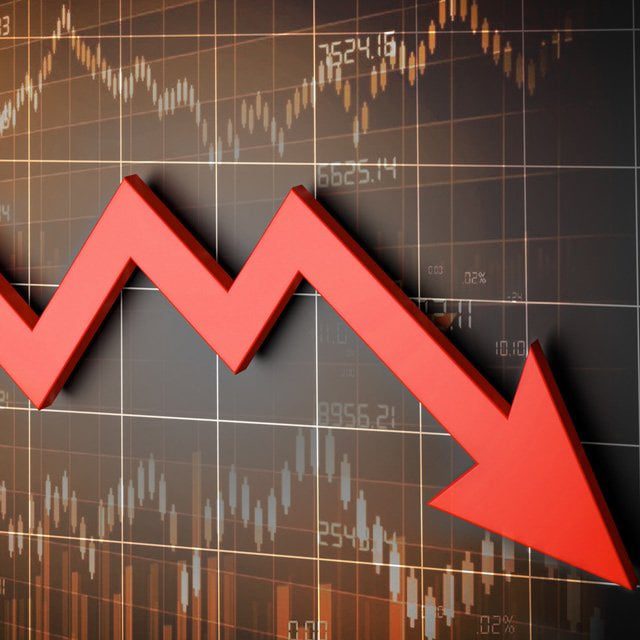S&P 500 Nearly Wipes Out Its Monthly Advance

Stock traders trying to climb a wall of worry saw the American equity benchmark struggling to keep its monthly gain in the final trading session of May.
Not even remarks from some Federal Reserve officials hinting at a potential pause in interest-rate hikes in June were able to put the S&P 500 back in the green on Wednesday.
Concerns about the global economy resurfaced, a slide in regional banks raised some eyebrows and the furious rally in big tech took a breather — with Nvidia Corp. down over 5.5% after nearly tripling in value this year.
While many on Wall Street doubt the enthusiasm for tech giants will fade any time soon, there’s been growing concern about the fact that other industries haven’t been able to catch up in a meaningful way.
“Much of this year’s stock market rally has been driven by only a few technology stocks, and this is not a dynamic that is typically seen at the start of bull markets,” said Robert Schein, chief investment officer, Blanke Schein Wealth Management. “We need the participation of other sectors, and narrow market breadth is not sustainable over the long term.”
Just a few days after the S&P 500 broke above 4,200, the measure closed below the key level once again. Wednesday’s losses reduced the index’s advance in May to 0.3%.
That compares with a rally of 7.6% for the Nasdaq 100, which enjoyed its longest monthly winning streak since December 2021, and the 17% surge in a gauge of megacaps like Tesla Inc. and Apple Inc.
In late trading, Salesforce Inc. slipped after the software company provided a disappointing outlook for future sales, raising concerns that its newfound focus on profit may hinder revenue growth. Nordstrom Inc. gained after the retail chain’s quarterly revenue and profit came in slightly ahead of estimates.
Fed Pause Signals
Equities briefly pared losses after Fed Governor Philip Jefferson signaled the central bank is inclined to keep interest rates steady at its next meeting in June to give policymakers more time to assess the economic outlook. His remarks were echoed by Philadelphia Fed President Patrick Harker, who said: “I think we can take a bit of a skip for a meeting.”




